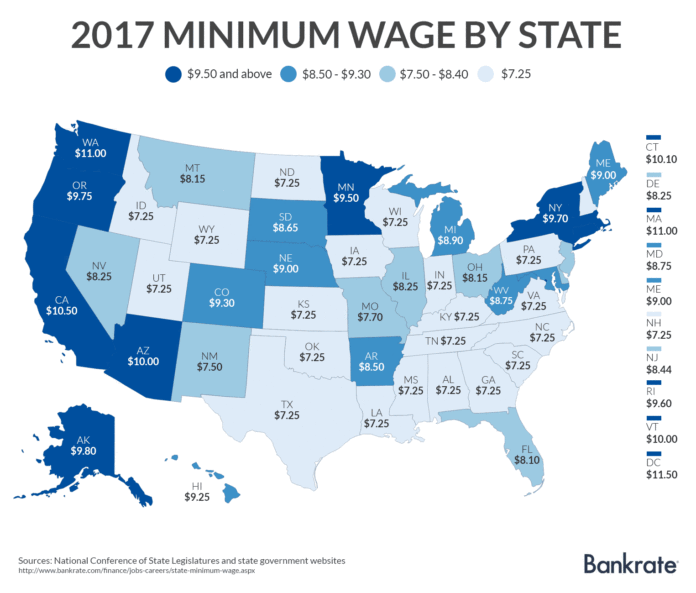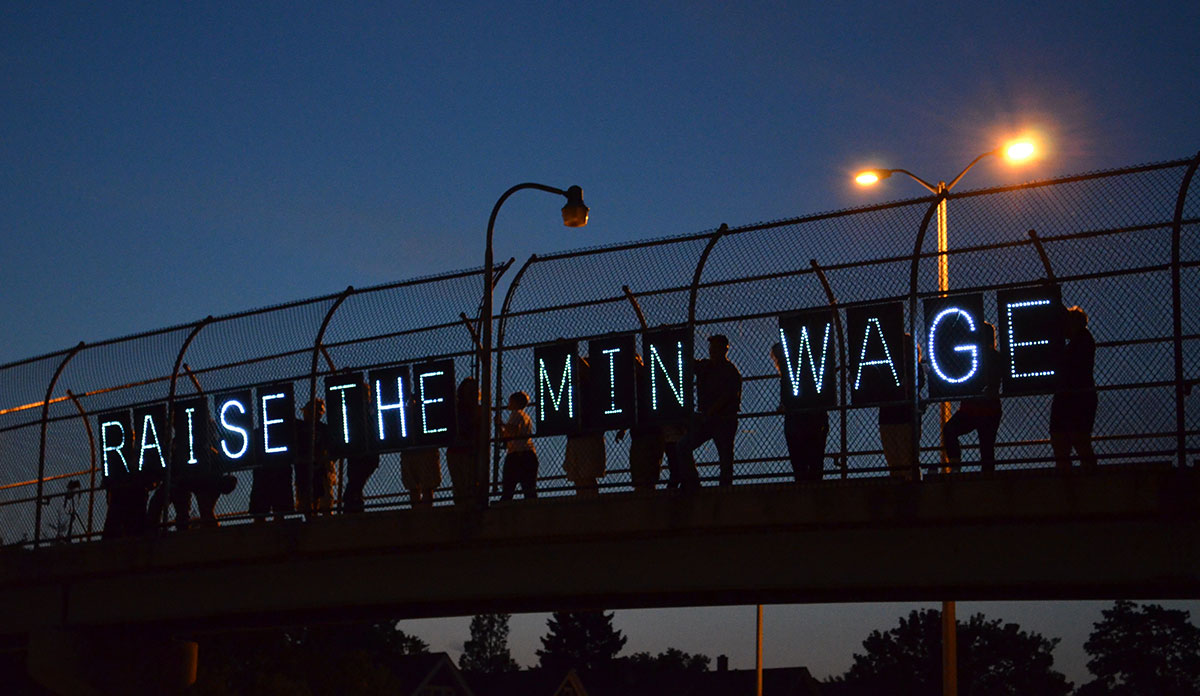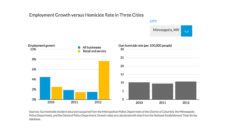Recent rallies across U.S. state capitals call for higher minimum wage. The motto often used is “Fight for $15.” Why fight for higher minimum wage? A recent study by Dr. Otto Lenhart of University of West Florida gives one worthy answer for the cause—better population health. Dr. Lenhart explored the relationship between minimum wage and population health for 24 countries with membership in the Organization for Economic Co-Operation and Development (OECD) between 1981 and 2010. Minimum wage can affect health by improving income and food security, decreasing stress, improving nutrition, and more.
Minimum wage and population health
Data collated by the Organization for Economic Co-Operation and Development (OECD) was used to compare minimum-wage generosity across member countries and test for health effects associated with minimum-wage increases over time. Australia had the most generous minimum wage policy, the U.S. had the stingiest.
First, Dr. Lenhart examined minimum wage and overall mortality rates. He found that a 10% increase in minimum wage increased life expectancy by 0.44 years. Higher minimum wage was also linked to reductions in the mortality rates for diabetes, disease related to circulatory and digestive system, heart attack, and deaths due to external factors. In addition, higher minimum wage increases were associated with decreased tobacco consumption and obesity and increased calorie intake. Minimum wage improvements had a greater impact in the countries with economies performing below the OECD median.
The debate over minimum wage
So why is the U.S. so resistant to increasing the federal minimum wage in the U.S.? Supporters argue that higher minimum wage can improve the standard of living for the working class. Whereas opponents argue that higher minimum wages endanger jobs and encourage the shift to automation.
The federal minimum wage has been $7.25 since 2009. In 2017, Senator Bernie Sanders proposed a bill to raise the federal minimum wage to $15 by 2024. The hike in minimum wage would affect about 41.5 million American workers. Congress has not voted on the bill. In the absence of federal action, states and cities have taken the initiative to increase minimum wage.

The start of 2018 brings more hikes in minimum wages in 18 states including California and New York. Washington D.C. has the highest minimum wage at $13.25.
In the U.S., the minimum wage argument breaks down along partisan lines. The liberal UC Berkeley Labor Center finds that a minimum wage of $15 in California would increase earnings for 5.6 million workers in the state.
On the other hand, the conservative think tank, Employment Policies Institute, argues that the state will lose 400,000 jobs. The Employment Policies Institute even launched a website called “Faces of $15” that documents small business owners’ struggles with higher minimum wages. Some owners are forced to close their businesses or let employees go.
Most of the debate is framed by the statistics of whether there will be more or fewer jobs. Dr. Lenhart’s research adds the idea that higher minimum wage could improve population health even marginally in a wealthy country such as the U.S. However, the lack of consensus and the past record of higher minimum wages urge the need for careful implementation of such a policy. Small businesses in particular need greater support to ensure that they have more options than just closing their doors.
Feature image: Wisconsin Jobs Now, OLB and WJN Raise the Wage, used under CC BY 2.0













